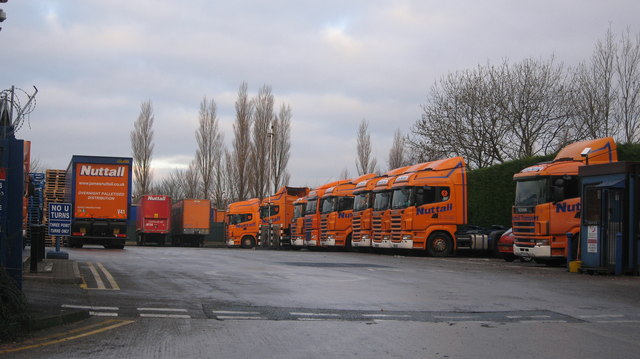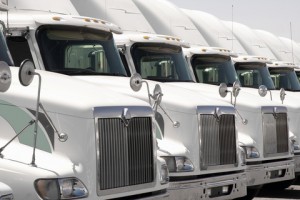 This is a guest post from Tim Smith. Tim writes about home improvement and energy efficiency for Modernize.
This is a guest post from Tim Smith. Tim writes about home improvement and energy efficiency for Modernize.
Government agencies and big industry face fleet-management problems that dwarf simple conservation techniques. Industry uses 25 percent of domestic energy for transportation costs, so finding holistic and sustainable solutions at all levels of manufacturing is essential for optimizing energy usage in the United States. Technologies that are changing the ways government and industry managers look at transportation and fleet management include hybrid cars, hybrid tires, cleaner biofuels, tanks that burn natural gas, hydrogen fuel cells and nitrogen tire inflation.
Reducing Fuel Consumption and Emissions
More people now live in urban areas than elsewhere, a dynamic that’s changed how people live, work and interact. Billions of people living in close proximity requires thoughtful solutions to reduce energy usage, lower harmful emissions and maximize limited resources.
Effects of Using High-purity Nitrogen in Tires
Nitrogen provides a sustainable solution for optimizing energy usage. Scientists and engineers have long known about the benefits of using pure nitrogen in tires, and the airline and NASCAR industries adopted the practice decades ago. Benefits of nitrogen inflation include:
● Delivering up to six percent better mileage than compressed air
● Reducing leakage from tires
● Minimizing rust in auto components, which is caused by the oxygen and moisture content of regular compressed air leaking from tires under high pressure
● Increasing lifespan of tires up to 30 percent by minimizing the harmful effects of oxygen on rubber
Bridgestone, Ford and Goodyear have conducted scientific research that proves nitrogen penetrates tires three or four times more slowly than corrosive air. Tires inflated with pure nitrogen get better mileage, deliver more even wear and increase auto safety.
Cutting-edge Companies and Technology
Businesses and government agencies can lead by example, and NitroFleet99 helps these companies adopt the technology, manage transportation fleets and invest in nitrogen-inflation technology that provides long-term cost and aesthetic benefits. About 70 percent of domestic fuel consumption is generated by the transportation industry, and fleets can save 6 percent in costs right off the top while reducing the 300 million abandoned tires each year by 30 percent.
Developing countries often have advantages when it comes to optimizing energy usage because it’s easier to design efficient systems from the gate than retrofit aging systems to reduce carbon footprints and maximize use of resources. Green transportation technologies for managing fleets are changing the dynamic, however, and companies like NitroFleet99 are providing new technologies that optimize energy use in holistic ways that cut energy use, reduce operating costs and minimize equipment wear. Working with senior management, the company helps its energy partners link energy practices with existing infrastructure and technologies, educate staff about energy savings opportunities and set realistic, evolving goals for reducing energy usage in all aspects of industry and transportation.
NitroFleet99, a company dedicated to the simple expedient of replacing the current tire-inflation systems with high-purity nitrogen, provides a working network of industry partnerships for exploring the benefits of using nitrogen in business and fleet-management applications. Safe, inexpensive and easy to maintain, tires inflated with nitrogen get better mileage and provide other holistic benefits. NitroFleet99 is working to establish a national infrastructure for inflating tires with pure nitrogen from coast to coast. Ideally, this innovation costs as little as $29.95 for filling four tires while generating substantial energy savings and longer lasting tires and auto components. Less wear means less waste in landfills from millions of pounds of rubber.










